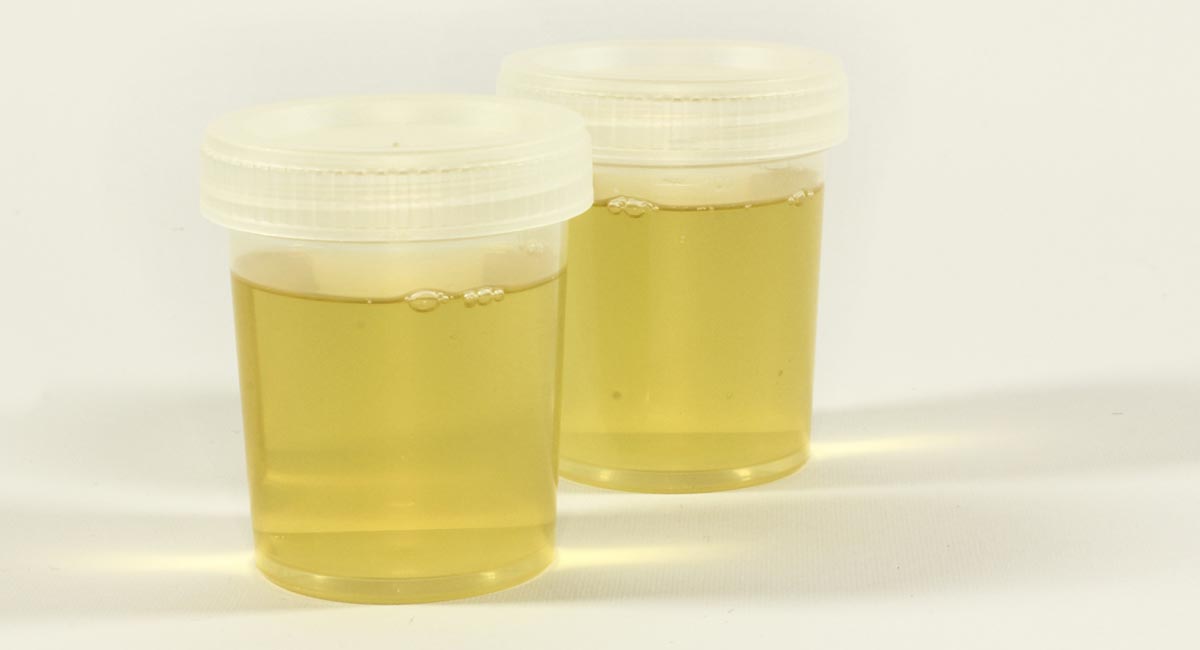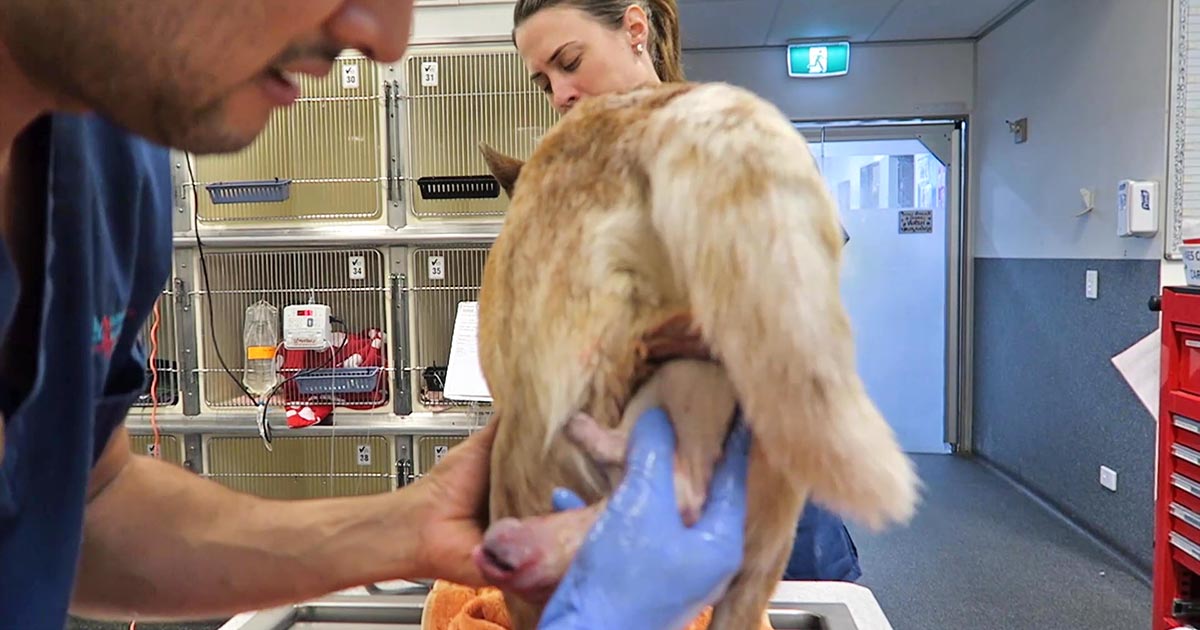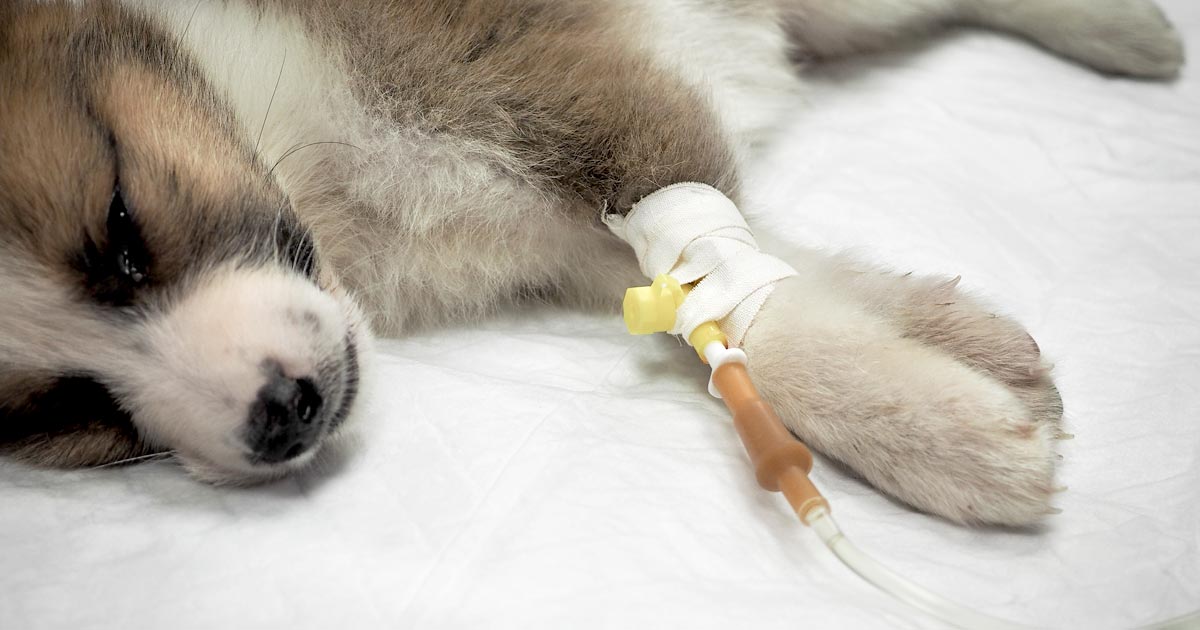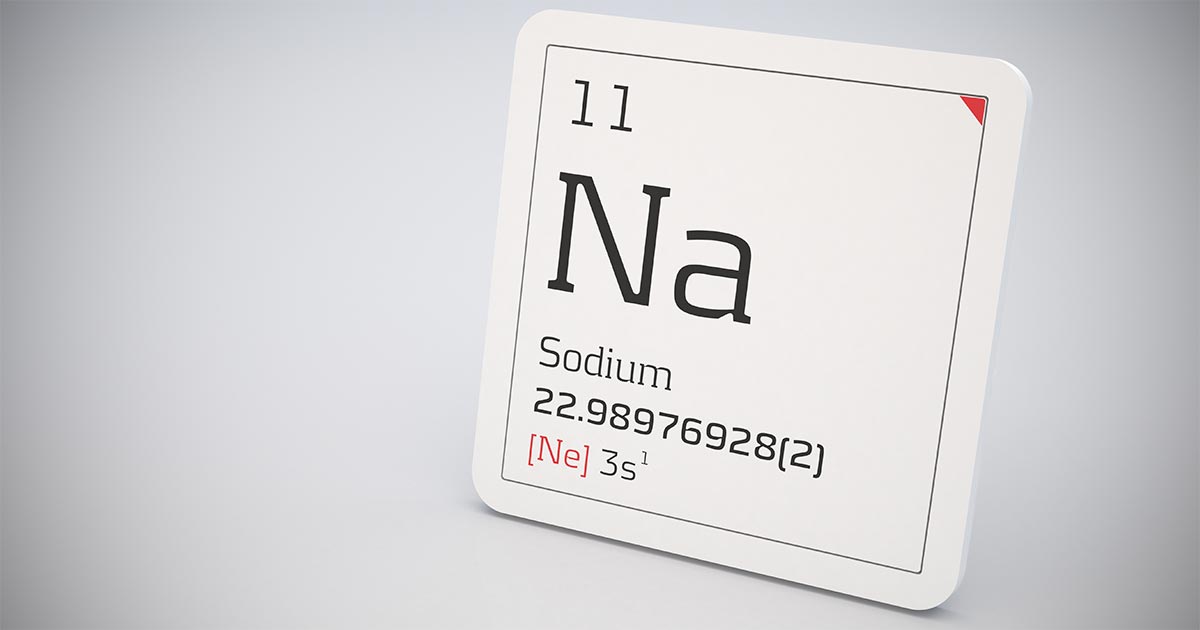Tag: Renal
-

Urinalysis: the neglected test
—
by
Urinalysis is an important diagnostic tool in veterinary practice. It is indicated for any patient that presents with polyuria or urinary tract signs, but also a necessary test to perform in conjunction with serum biochemistry. Why do some clinicians fail to perform urinalyses even when they are indicated? Reasons include: clinicians not seeing the importance…
-

Ionised hypocalcaemia, pt 3: acute treatment and management
—
by
Treatment of ionised hypocalcaemia (iHCa) is reserved for patients with supportive clinical signs, then divided into acute and chronic management. Since the most common cases of clinical hypocalcaemia in canine and feline patients are acute to peracute cases, this blog will focus on the acute treatment and management of hypocalcaemia. Clinical signs The severity of…
-

Ionised hypocalcaemia, pt 2: eclampsia
—
by
As discussed in part one of this blog series, a myriad of disease processes can lead to ionised hypocalcaemia (iHCa). Despite this, only hypocalcaemia caused by eclampsia and hypoparathyroidism (primary or iatrogenic – post-surgical parathyroidectomy) are severe enough to demand immediate parenteral calcium administration. Hypoparathyroidism is quite rare, so this blog will not explore the…
-

Dystocia, pt 2: diagnostics
—
by
Part one of this series covered the stages of labour and indications dystocia is present. Once the bitch presents to the clinic, a few basic diagnostic checks need completing to determine the status of the bitch/queen and the fetuses. Physical examination The first is a thorough physical examination, starting with the bitch or queen: Demeanour,…
-

Hyponatraemia, pt 2: causes
—
by
The causes of hyponatraemia can be divided into three major categories, based on serum osmolality. This is further divided based on the patient’s volume status (Table 1). Most patients we see in clinic fall into the hypovolaemic category, except patients with diabetes mellitus. Table 1. Causes of hyponatraemia based on osmolality and volume status (from…
-

Hyponatraemia, pt 1: clinical signs
—
by
Hyponatraemia is a relatively common electrolyte disturbance encountered in critically ill patients, and the most common sodium disturbance of small animals. In most cases, this is caused by an increased retention of free water, as opposed to the loss of sodium in excess of water. Low serum sodium concentration Hyponatraemia is defined as serum concentration…
-

Systemic hypertension, part 1
—
by
Blood pressure monitoring is a standard practice as part of human medicine physical examination. In veterinary medicine, however, this is often omitted due to patient compliance issues, as well as inaccuracy as a result of transient hypertension caused by stress and fear. Systemic hypertension ultimately results in target organ damage – brain, heart, kidneys and…


